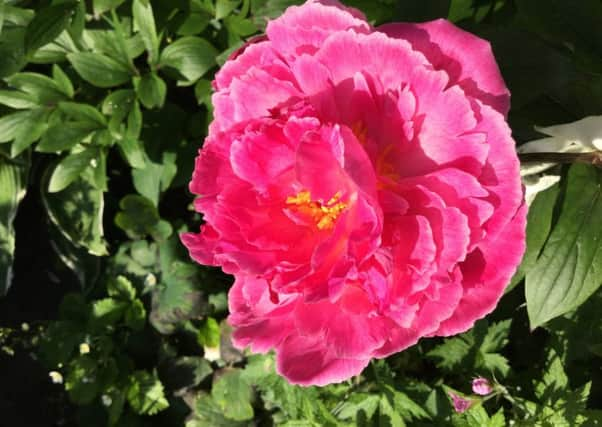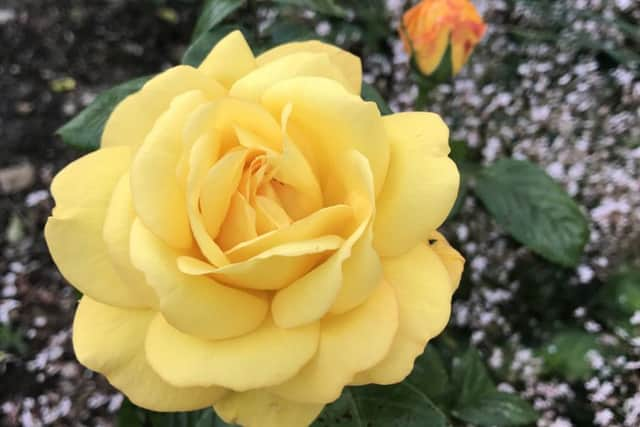Gardening: Dispelling Flower Myths


My favourite flowers are old-fashioned roses and paeonies. June is a great month for both. Roses are, I think, misunderstood. There is often a misconception that they are difficult to grow, need to be supported and tied up, that pruning is complicated and the thorns make them too much hassle.
I disagree. Roses are very easy to grow (most of mine were planted by my grandparents in 1929 and 1945 and are still growing fine), although they are very susceptible to aphids (greenfly) and blackspot. The aphids are easy to control with soapy water if you don’t like chemicals, but it does need to be soapy water (grate a bar of carbolic, add to a pan of water, boil until the soap is dissolved, then make up to five gallons with cold water and spray liberally as often as you like) and not washing-up liquid if you want fast results. For blackspot I have given in and use Systhane to pray them. In the old days when we had heavy industry and everyone had coal fires the sulphur in the atmosphere kept the roses completely fungus-free, but now there is little that protects them unless you use chemicals. Only rambler and climbing roses need tying up, and even then if you let them scramble through large trees they are self-supporting. If the thorns really worry you, there are almost thorn-free varieties available these days.


Advertisement
Hide AdAdvertisement
Hide AdPaeonies suffer from some similar misconceptions. They are reputedly hard to move and fussy about location. Again I disagree. I have a great many paeonies and most were planted by my grandparents before the war. They increase year after year and when digging near to them little pieces of root (rhizome) break off and tend to grow into new plants. Some varieties do have flowers so huge and heavy that the stems need support to avoid breaking under the weight, but other than that they are very easy: few pests and diseases bother them.
My garden is open to the public under the National Gardens Scheme on Sunday, June 25, midday to 6pm. Visit www.ngs.org.uk for details of other openings.